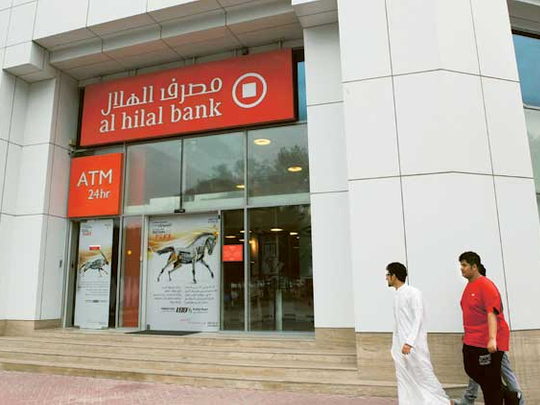
Dubai: As global awareness of Islamic finance is gaining momentum, the Islamic financial market would benefit from a greater volume of sukuk to satisfy the needs of global investors, said Khalid Howladar, Senior Credit Officer, Islamic finance at Moody’s Investors Service.
Speaking to Gulf News, ahead of World Islamic Economic Forum in London from October 29 to 31, Howladar said, it is in the interests of all stakeholders across the global financial services community to expand the depth and breadth of Islamic financial markets. “If we take the total assets of Islamic banks globally, it is expected to be around $1.5 trillion (Dh5.5 trillion), which is still under 1 per cent of total global financial assets,” said Howladar.
Although countries that are most likely to use this type of financing are from the Middle East and Asia, there is growing global awareness about Islamic instruments as an asset class and as financing tools.
“In global financial markets, sukuk are complimenting conventional bond issuance. The conventional bond market has depth and is highly liquid, with tens of trillions worth of issuances available in the market for investors to choose from. Overall, knowledge surrounding the conventional bonds is significant. But when it comes to sukuk, market knowledge is lagging behind and is often very limited,” he said.
Structural complexity and extensive legal documentation are the hurdles which face Islamic finance investors and inhibit the growth of this market segment.
Liquidity pool
Despite such challenges, there is growing interest in Islamic financial instruments because they provide access to a new and growing liquidity pool for borrowers. As Islamic banks and institutions tend to be extremely liquid and supply of sukuk still remains limited, recent sukuk issuances have all been oversubscribed several fold.
There is significant demand from international investors for exposure to Gulf and Asian debt instruments. Whereas, Islamic principles encourage that investment should be restricted to asset backed financial instruments. The fusion of these two distinct markets renders Islamic instruments extremely complex.
“In reality, there is increasing demand amongst Middle Eastern investors for credit risk instruments,” said Howladar.
The latest $500 million sukuk from Al Hilal Bank (‘AHB’), rated A1 by Moody’s, was oversubscribed such that demand went to more than $6 billion, points to this trend. The issuer will use the proceeds of the sukuk certificates to acquire a portfolio of Sharia compliant assets. These assets will form part of two “Wakala” and “Mudarabah” portfolios, which will be managed by AHB as Managing Agent and Mudarib, respectively on behalf of the Issuer. AHB will collect income from the sukuk assets to service the relevant periodic distribution amounts due for each series.
Reserve account
If there is an excess between the amounts collected and the aggregate periodic distribution amounts due, the amounts are held in a reserve account. These amounts do not accrue to the sukuk certificate holders and are ultimately paid back to AHB. However, if there are any shortfalls, then AHB may pay further amounts to remedy such shortfall. Failure to provide such amounts will constitute a “dissolution” event (event of default) under the sukuk certificates.
Howladar sees sukuk issuance this year as being below the record amount of around $80 billion achieved in 2012. “The market trends this year suggest issuance levels will be more comparable to those of 2011.”
“We can’t expect a surge in issuance in the short term. As the second half of this year has proved challenging for borrowers, we expect that the Islamic finance market will continue to feel the pinch.”












